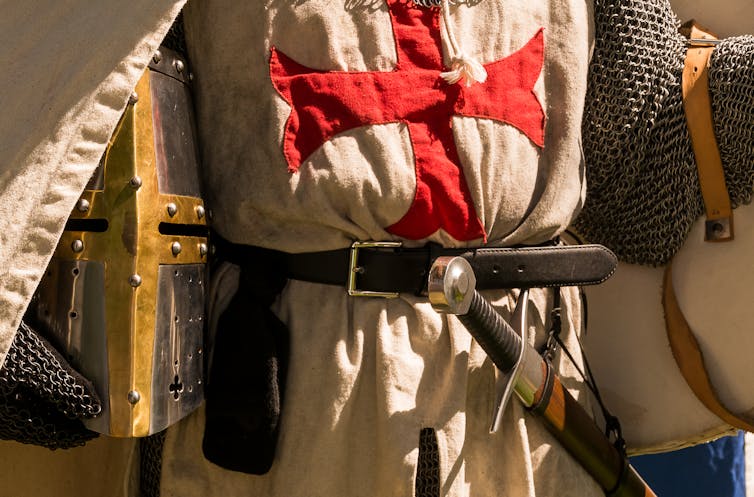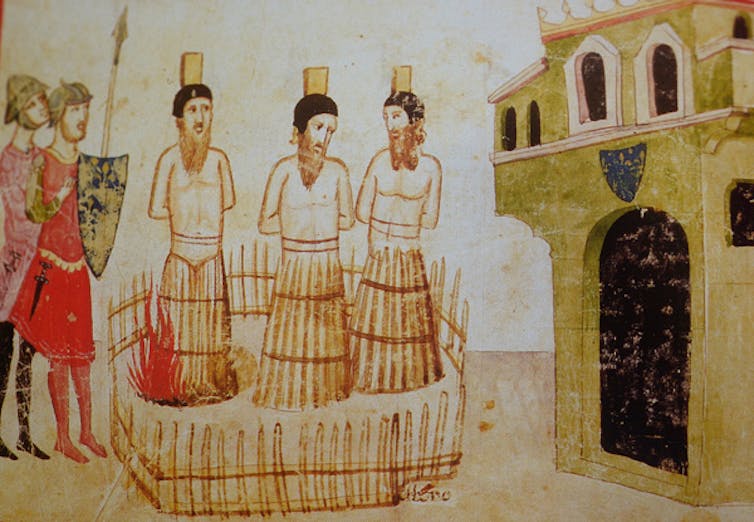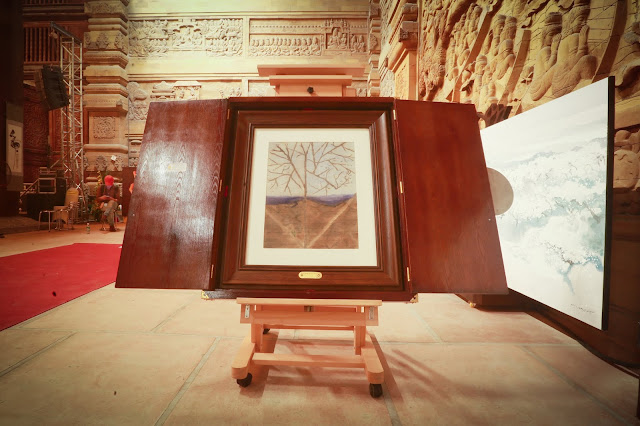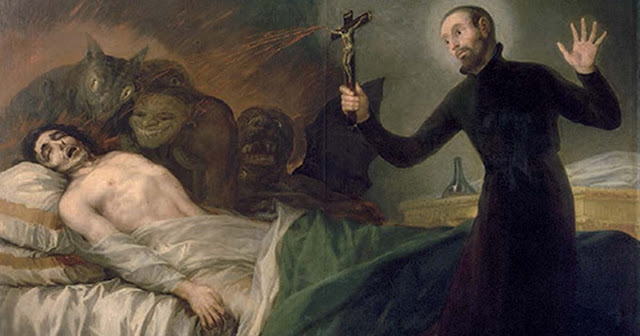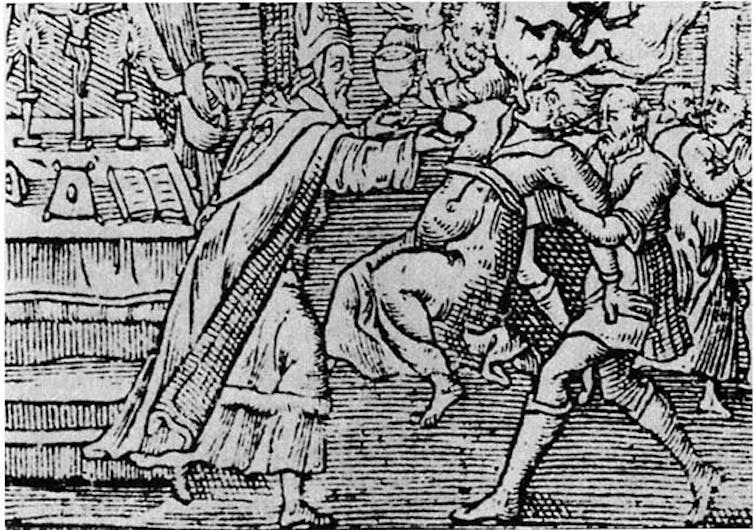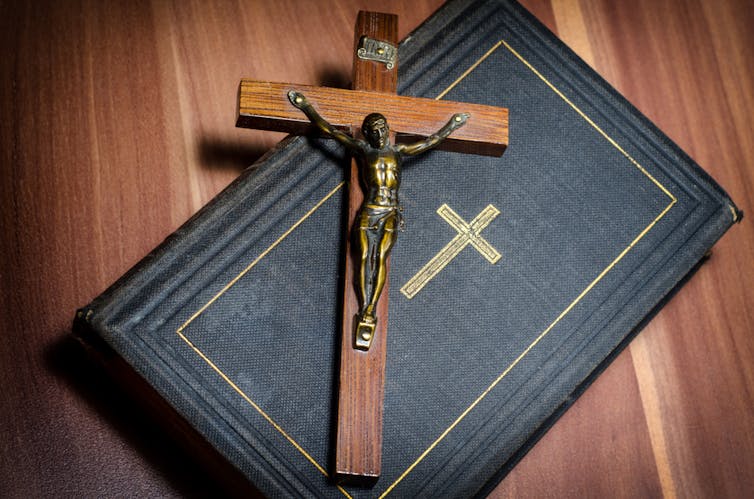 |
| Let's Make China Free The Uyghurs! (image via Avaaz.org) |
Dear friends,
Coronavirus put China in the spotlight, but there's another crisis it wants to hide from the world: 1 million Uyghurs have been brutally detained and brainwashed by Chinese authorities!
Women raped and tortured, children stolen from their parents.
It's too horrific to believe this is happening in 2020 and most of our governments aren't brave enough to speak up. But we won't remain silent! In days, the UN could discuss this nightmare, and insiders say that a global call to bravery can get key countries to finally challenge China. If everyone reading signs now, we can deliver 1 million signatures into the meeting -- 1 for every Uyghur who has been detained!
Then, we'll take survivors' voices to parliaments across the world and pressure global companies to end their engagement in this cultural genocide -- showing China and the world that we won't let go until the Uyghurs are free.
Click here to sign the urgent call to free the Uyghurs!Beijing has felt threatened by the Uyghur community for decades -- but it's steadily gone from caution to control, to repression, and now mass incarceration and indoctrination. The sheer scale of the repression requires huge tech infrastructure -- facial recognition, surveillance on homes and public spaces, and massive DNA databases.
Global brands offer capital and tech, while China offers up forced labor and huge returns on investment in Chinese surveillance technologies -- it’s an unholy alliance! But if the UN, governments, companies, and investors speak out, impose sanctions on those responsible, and throttle funding streams coming into China, Beijing could shift course… and we could make it happen!
Recently, a Holocaust survivor offered an 11th Commandment for humanity: “Thou shalt not be indifferent.” This is a matter of conscience for all of us.
Let’s start by compelling our governments to call on Beijing to protect the human rights of the Uyghur people. Then, we'll urge global investors and CEOs to break their silence and stop business as usual with China!
Sign now and share with all of your friends.
Click here to sign the urgent call to free the Uyghurs!
Time and again our community has stood with brave minority groups fighting for their right to exist. From the Indigenous in the Amazon to the Maasai people in Kenya, we have amplified their voices for the world to hear. Now, let's amplify the voices of the Uyghurs suffering in mass brainwashing camps in China, and do all we can to help them walk free. Join now!
With hope and determination,
Loup Dargent
With hope and determination,
Loup Dargent
On behalf of Meetali, Diego, Luis, Huiting, Nataliya, Will, Wissam and the rest of the Avaaz team
More information:
- Watched, Judged, Detained (CNN)
- In China’s Crackdown on Muslims, Children Have Not Been Spared (New York Times)
- US Universities And Retirees Are Funding The Technology Behind China’s Surveillance State (BuzzFeed News)
- Exposed: China’s Operating Manuals For Mass Internment And Arrest By Algorithm (International Consortium of Investigative Journalists)
- US Lawmakers Want An Examination Of The US Money Funding Surveillance Tech In China (BuzzFeed News)



